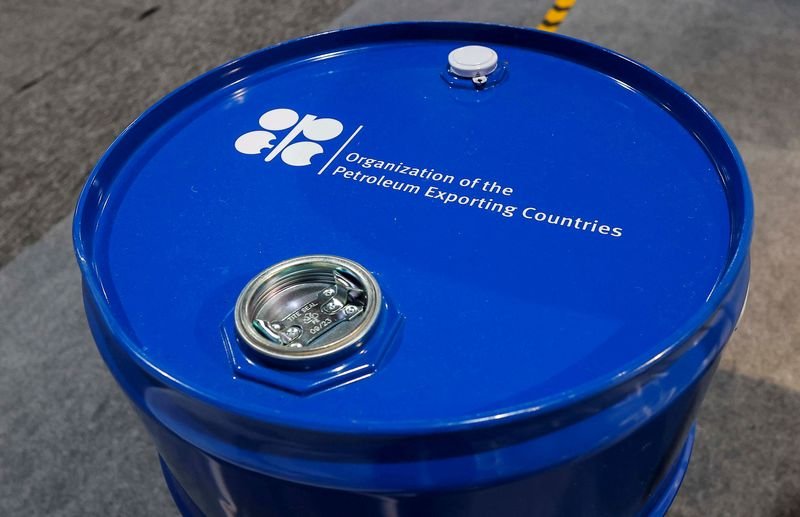OPEC+ Accelerates Oil Production Increases
In August, OPEC+ made a significant decision to ramp up oil production by an additional 548,000 barrels per day (bpd). This move reflects the organization’s strategy to respond to growing global demand for oil and recover from previous output cuts made during challenging market conditions.
Understanding OPEC+
OPEC+, an alliance between the Organization of the Petroleum Exporting Countries and other oil-producing nations, aims to regulate oil production to stabilize market prices. With fluctuating global demand and various economic factors affecting the industry, the organization continually adjusts its production targets.
Recent Production Boost
The decision to increase production comes as countries worldwide reopen their economies, resulting in a surge in oil demand. OPEC+ is focusing on meeting this demand while still being strategic about the supply to maintain price stability. By adding 548,000 bpd, the coalition is looking to strike a balance between boosting production and avoiding oversupply.
Factors Influencing the Increase
Several factors contributed to OPEC+’s decision:
Economic Recovery: As nations emerge from pandemic-related restrictions, the demand for oil is on the rise. Increased transportation needs and industrial activity are pivotal drivers of this demand.
Geopolitical Situations: Tensions and conflicts in various regions can disrupt oil supply chains, prompting OPEC+ to act more decisively to ensure a steady supply to the market.
- Global Energy Transition: While there’s a shift toward renewable energy, oil remains a crucial part of the global energy mix. OPEC+ acknowledges the transitional phase and aims to secure its role in meeting current energy needs.
Response from Member Nations
Member nations of OPEC+ have shown varying levels of commitment to the increased production targets. Countries with higher production capacities are generally more supportive of boosting output, while those reliant on lower production levels may express concerns about the potential for market destabilization.
Market Reactions
The announcement has elicited a spectrum of reactions from market analysts and traders. Energy prices often fluctuate in response to changes in production levels, and a boost in output can lead to lower prices if demand does not match supply. However, if the demand continues to grow, a strategic increase can stabilize prices and provide predictability for both producers and consumers.
Long-Term Implications
Looking ahead, OPEC+ will need to monitor global market trends closely as it continues to adjust its production strategies. Balancing supply with demand will be crucial for the long-term health of the oil market. As the world transitions toward more sustainable energy sources, the coalition must remain agile and flexible in its decision-making.
Future Production Plans
The ongoing assessments of oil demand will shape OPEC+’s future production plans. The organization is likely to keep a close eye on economic indicators, including growth rates in major economies and trends in renewable energy adoption. With the ever-changing landscape of global energy needs, OPEC+ is expected to make further adjustments to maintain its influence in the market.
Conclusion
In summary, OPEC+’s recent decision to increase oil production aims to align with rising global demand while ensuring market stability. The coalition’s actions will significantly impact both the oil industry and the broader global economy as it navigates complex challenges in the energy sector. As OPEC+ continues to adapt to market conditions, its strategies will be pivotal in shaping the future of oil production and consumption.
